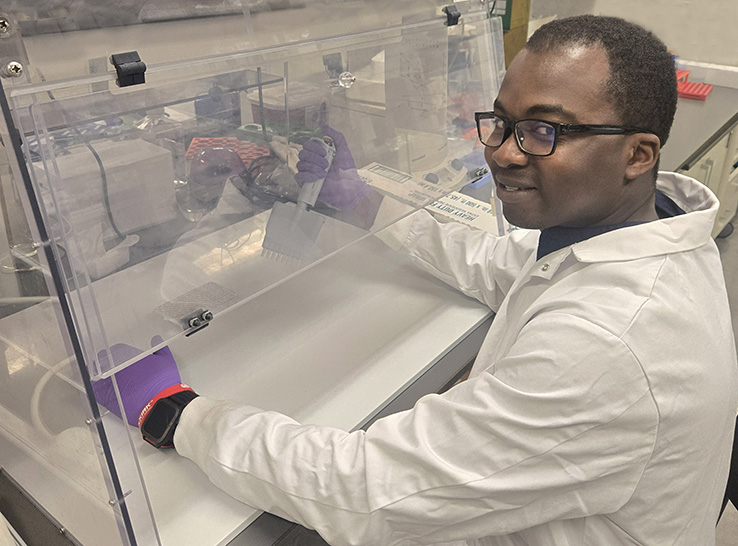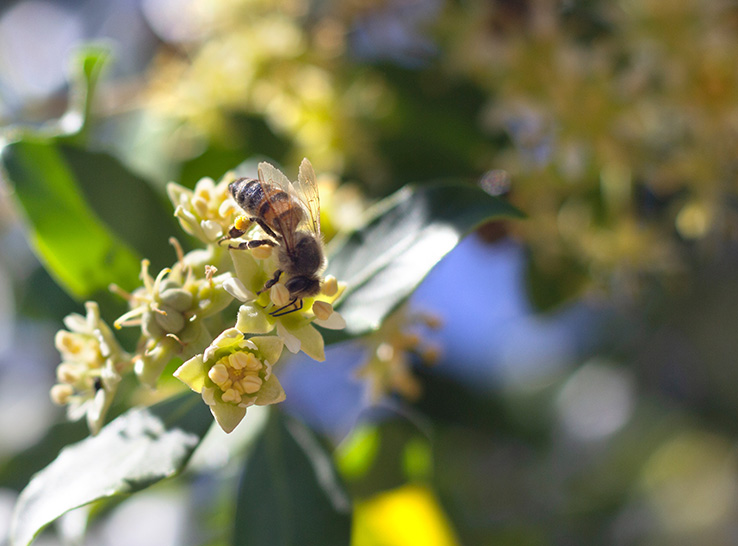Poultry veterinarians often name coccidiosis and the associated necrotic enteritis among the top diseases affecting broiler productivity in the US, reported Mark Jenkins, PhD, a leading poultry microbiologist with USDA’s Agricultural Research Service, at the 2024 Delmarva Chicken Association 59th National Meeting on Poultry Health, Processing and Live Production.
As a microbiologist, Jenkins believes a key to controlling coccidiosis is using genome sequencing to identify Eimeria strains that are immunovariable, drug-resistant or highly virulent.
“Most Eimeria species cannot be differentiated from one another by necropsy,” he explained. “Our lab has developed a metagenomics approach to determine species composition and relative numbers of Eimeria species in any sample.”
During his presentation, Jenkins discussed the recent coccidiosis research and cited new research demonstrating that water vaccination with gel beads is successful in 3-day-old chicks.
Genome sequencing IDs infection
“We are comparing the genomes of Eimeria acervulina, E. tenella and E. maxima to help uncover genes or transcripts that might provide the genetic basis for site specificity,” Jenkins said.
“What’s interesting about Eimeria is that it invades different regions of the gut…and we still don’t know why,” he noted.
“The work we’re doing with private companies is to compare the genomes of drug-resistant and drug-sensitive Eimeria strains to identify drug resistance in a poultry house more accurately and rapidly. In contrast, drug-sensitivity trials take at least 2 months to complete,” Jenkins said.
A study led by Jenkins in a grow-out facility illustrated how molecular biology helps control coccidiosis. Feeder lids regularly used for starter feed during the first week often are contaminated with fecal material. Researchers took samples of the starter feed and checked for Eimeria oocysts. The lab was able to isolate oocysts in the feed and used PCR to determine the species composition.
The researchers then inoculated the birds with the isolated oocysts to determine whether the oocysts were viable and able to cause an infection, he explained.
“We found E. maxima, E. praecox, E. acervulina, E. mitis and E. tenella,” Jenkins reported. “Except for E. praecox, all the Eimeria strains were contained in the vaccine. So, the vaccinated birds shed oocysts in the feed lids and were a potential source of infection.
“We found no viable E. maxima oocysts but did find viable E. acervulina and E. mitis, which were capable of causing infection,” he continued. “We rationalized that E. acervulina and E. mitis have much shorter patent periods than those of E. tenella and E. maxima. They sporulate much more rapidly than other Eimeria species.
“If feed lids are used, I recommend that the chicks be removed no later than 6 days post placement because the risk of Eimeria infection [is greater] if they are left longer,” Jenkins advised.
Water vaccination proves viable
Jenkins’s lab also has conducted research on vaccination options for coccidiosis control in young chicks to prevent an infection that may predispose them to necrotic enteritis. They found that 30% of the broiler houses on the East Coast had viable oocysts at the time of chick placement.
“What we think is practical is delivering Eimeria oocysts in drinking water,” Jenkins said. “This was done years ago, but the new technology we’ve developed is much more effective. The work is published on the use of gel beads.”
The water vaccination must be conducted when the chicks are 3 days of age, when they naturally increase water consumption.
The commercial vaccine is diluted by calculating the volume of vaccine needed based on the number of chicks in the house and the size of the broiler house. The lines of the vaccine water are charged with a blue dye. When the dye is spotted, the lines are leveled, and the chicks begin to drink down the vaccine.
“Because the chicks are 3 days of age, they get satiated very rapidly,” Jenkins said. “The more aggressive chicks will step back when satiated and the more passive chicks will drink the vaccine.”
Jenkins said the research showed that water vaccination led to more than 90% uptake of Eimeria oocysts.
“In conclusion, molecular biology allows us to study Eimeria oocysts in cases of avian coccidiosis more precisely. With molecular biology, we can also potentially identify drug-resistance markers and a genetic basis for virulence and then test those sites’ specificity,” Jenkins said.
“Vaccination using Eimeria oocysts in gel beads delivered through the drinking water has the potential to be 100% effective,” he continued. “But will poultry companies adopt these approaches? Frankly, hatchery vaccination is probably the least problematic method because you have control of the chicks at the hatchery and hatching tray.”







